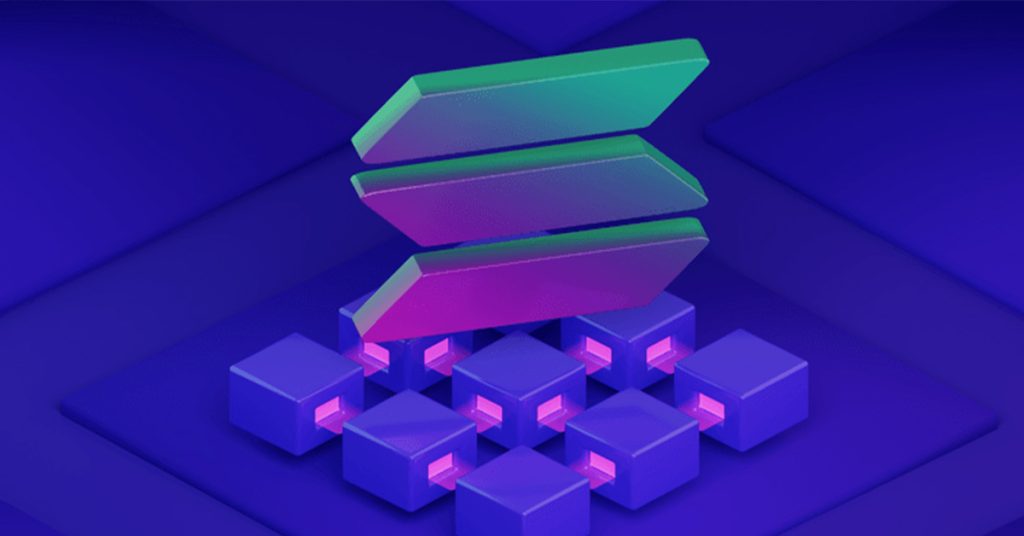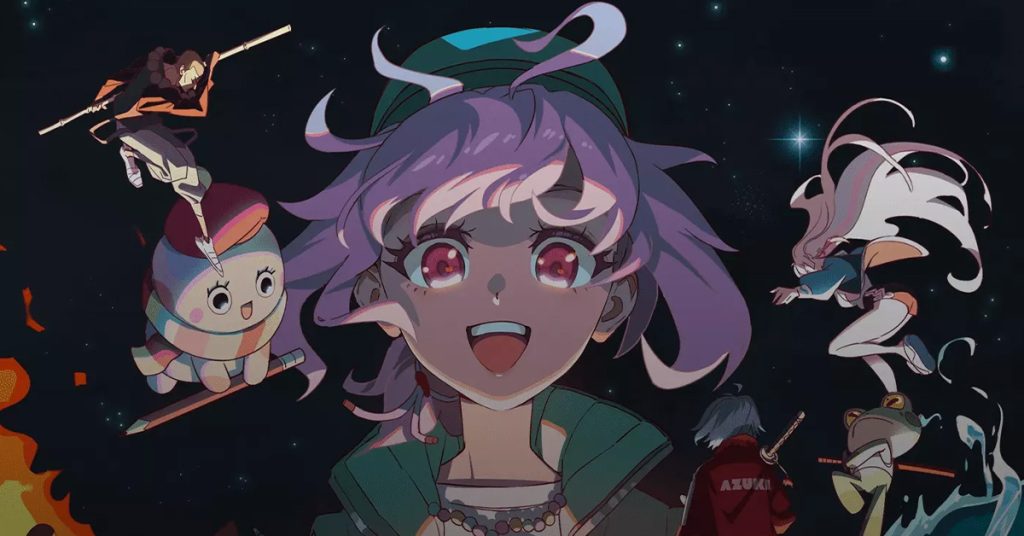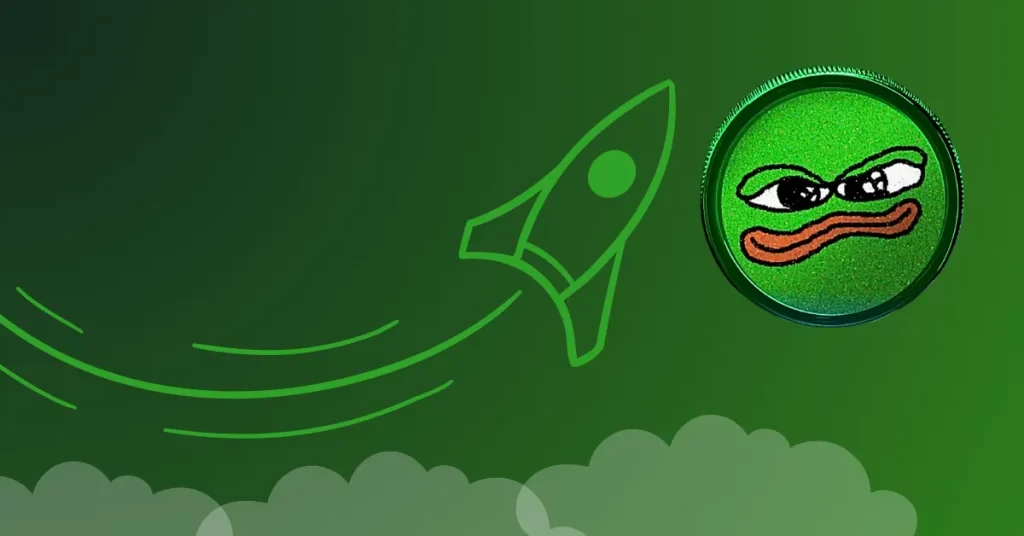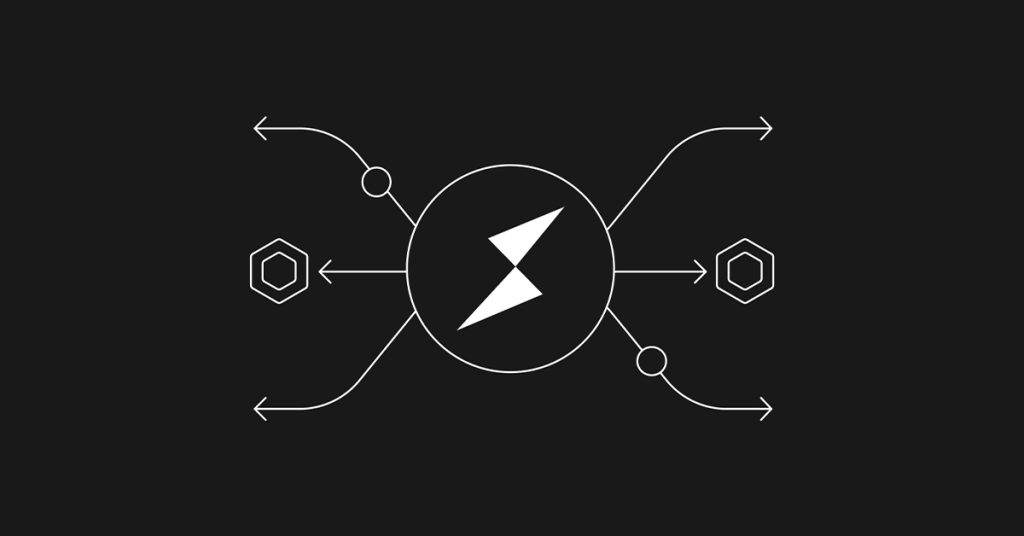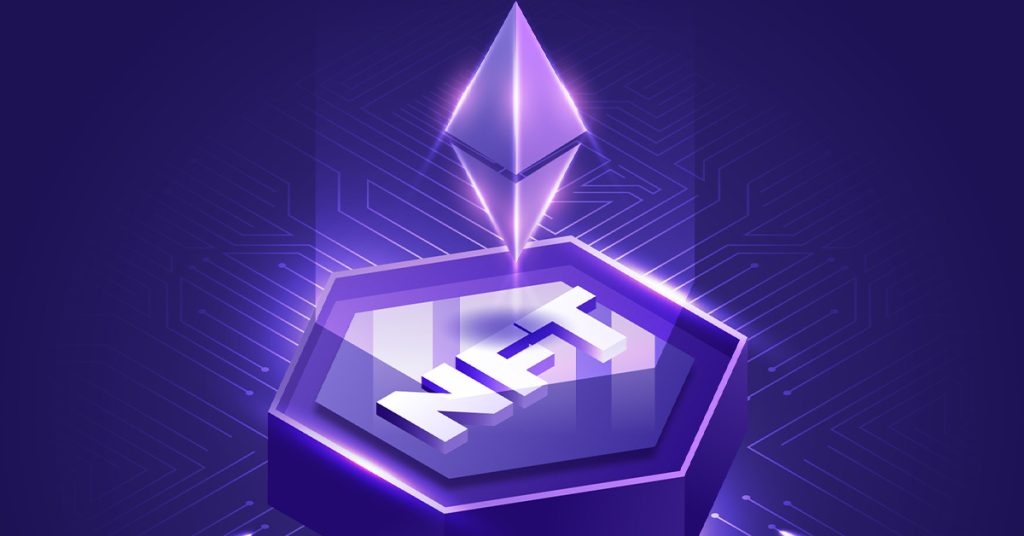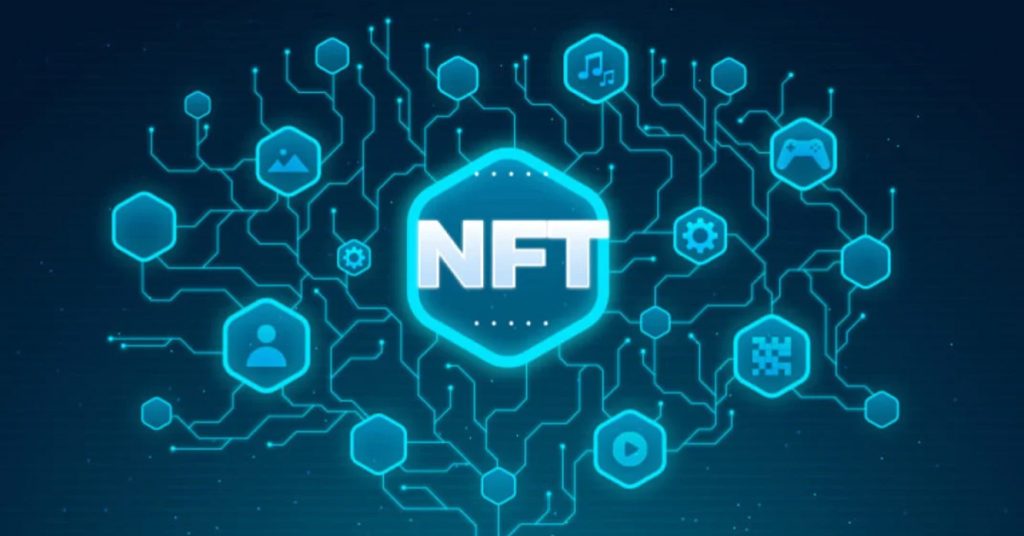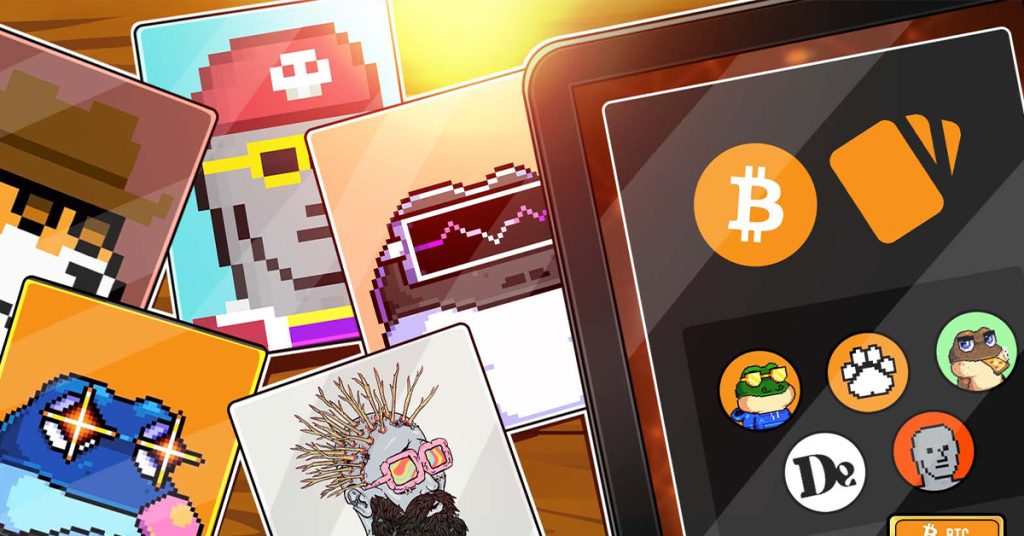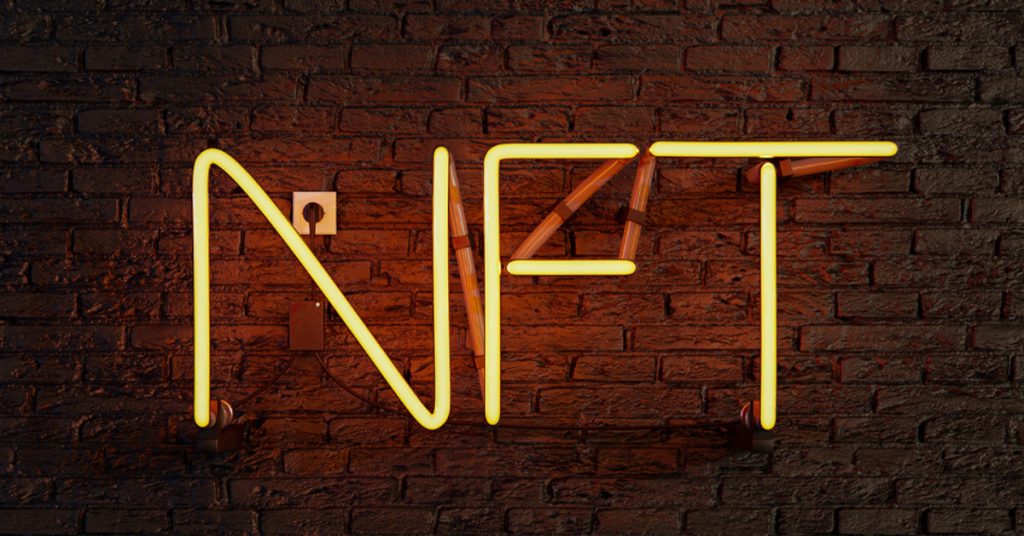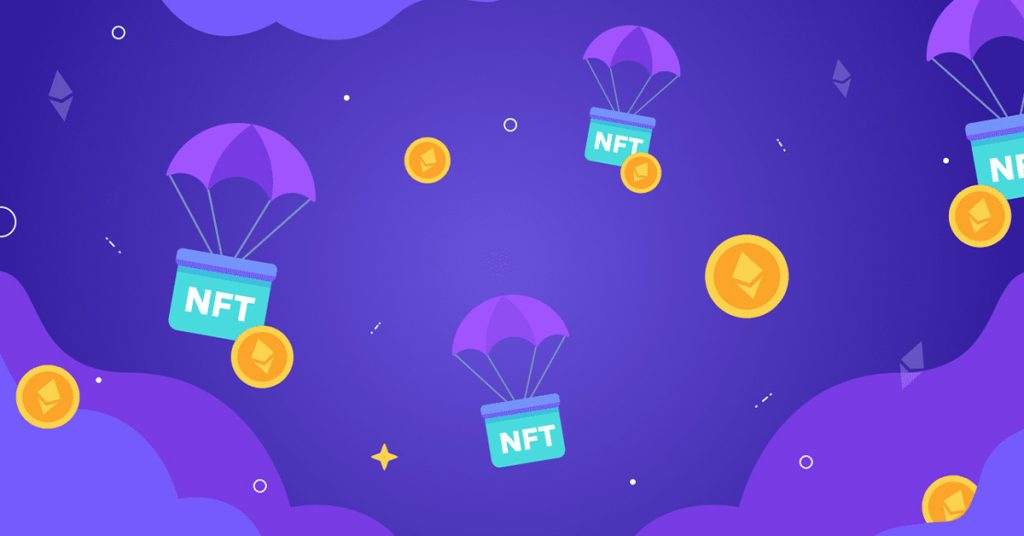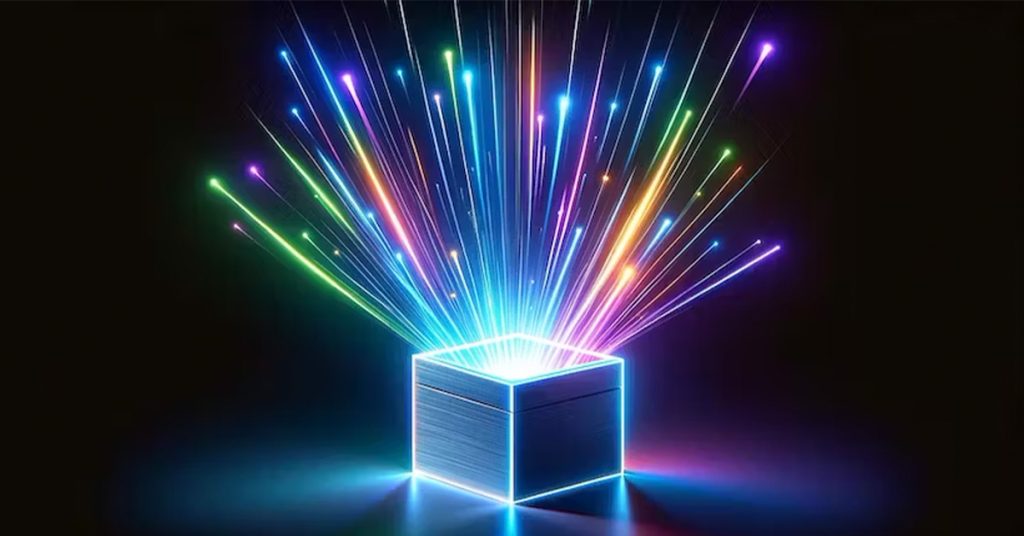How to Avoid NFT Rug Pulls! NFT Security
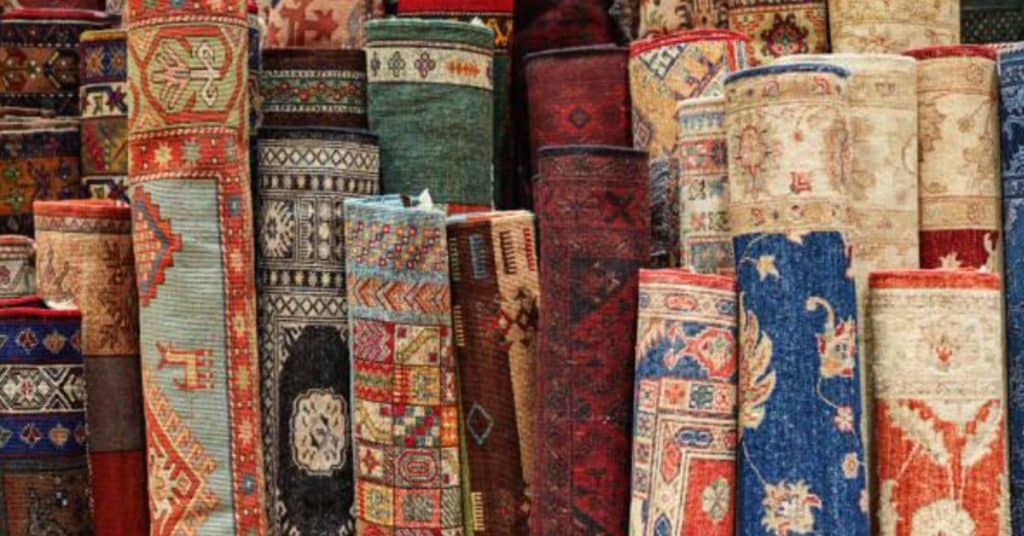
Crypto moving towards mainstream adoption means shaking off the perception that it’s full of scams. Sadly, it may be NFTs that have the biggest problem with buyers getting ripped off, so it’s important to have your radar on and avoid NFT rug pulls.
What’s a NFT rug pull?
The term you’ll hear often around NFT scams is rug pull, or just rug. It’s a verb too, so you can say you got rugged (although hopefully you won’t need to).
Most simply, it means buyers send their money for NFTs and then the project disappears with the funds. Nowadays, the term is used loosely and is a little vague, referring to a variety of situations.
Hard and soft rugs
In a hard NFT rug pull, buyers send money, receive nothing back, and then the project’s website and social media channels all shut down. In other cases, you may receive an NFT before the project shuts down, but what you received is now worthless.
A soft NFT rug pull is less clear. In this case, you get your NFT and the project remains up and running. Except it isn’t really developing anything, it’s just doing the bare minimum to give the appearance that it’s working.
These schemes can drag on indefinitely, allowing the developers to keep picking up royalties from secondary sales.
Soft rugs can be difficult to identify because there are cases where development slows down for non-scammy reasons, and teams who are working but not good at communicating what they’re doing.
And then there are also developers who simply give up. Strictly, this is perhaps not actually a scam, as they didn’t plan to walk out from the start. But on a practical level, the end result is the same.
Why are scams common?
As a newly expanding area, the NFT space is wide open to fraud, flakiness, and everything in between. There have been a ton of newcomers, pseudonymity is the norm, and FOMO has at times been sky high.
And besides actual scammers, there are some unreliable, inexperienced creators who aren’t initially dishonest but don’t anticipate what they’re committing to. There are no conventional business arrangements, and it’s hardly a surprise if some projects end up going nowhere.
How to avoid NFT rug pulls
Research the team
If the team is doxxed, that’s a start, but don’t leave it at that. Check their socials and dig around as much as you can. If a project is promising things like high caliber gaming or a fashion line, then it should have a more corporate approach with verifiable credentials.
Away from the corporate projects, pseudonymity is common in the NFT space, but the point of a pseudonym is that it’s a persistent identity so you can still check track records and connections.
If creators and developers are well-connected in the NFT space and have produced good work before, then it doesn’t matter whether they’re pseudonymous or use real names. The priority is that they’re known and they check out.
Look at social media
With NFTs, this means Twitter and Discord. Make sure a project’s following is real and not bought. You can simply check for engagement, or you can use a Twitter auditing tool.
In Discord, you can see whether a project is engaged with its community. If the team is making promises, look for solid evidence suggesting they can deliver, watch out for grand plans that are unrealistic, and be wary of teams who react badly to fair questions.
Check the roadmap
This has become more difficult since there’s now a kind of standard offering, including some or all of: metaverse, merchandise, and tokens. Look at whether what’s offered is viable and actually ties in with the project, rather than being just generic space-filler.
Also–and this might sound counterintuitive–certain kinds of projects that don’t have any roadmap at all can be very trustworthy. This is in the case of skilled creators who are focused purely on producing art, meaning you’re simply buying into the artist and the quality of their work.
Look for liquidity
Find projects that have their NFTs spread around many owners, creating more liquidity. If there’s a low supply concentrated among a small number of whales, then they control prices and there’s nothing organic that you can get the measure of.
Be aware also that sketchy projects might trade their own NFTs between multiple wallets, to give the impression of activity and high prices.
Buy on secondary
The absolute surest way to avoid rug pulls is by avoiding mints altogether and buying from proven collections on secondary markets.
This is actually a good approach to NFTs anyway. There’s a misconception that to profit you must always be chasing whitelists, but this isn’t true. Prices on secondary rise and fall in waves that you can catch. And on top of that, there are collections that mint, do very little for a while, and then later get picked up on and rise in price.
On the whole, take your time, choose your mints carefully, and if in doubt then keep hold of your precious ETH. There will always be new opportunities around the corner.

